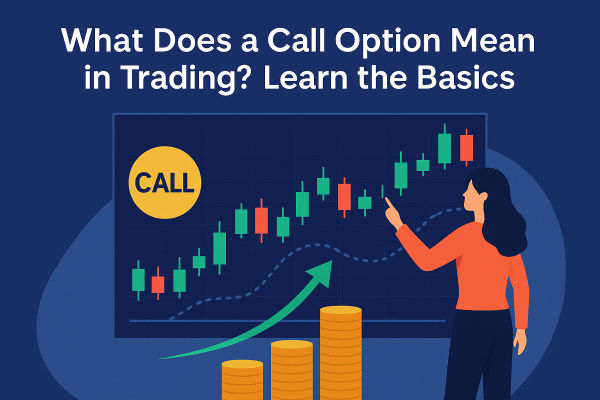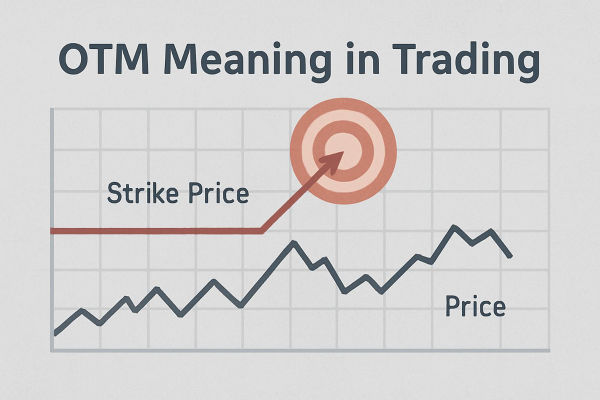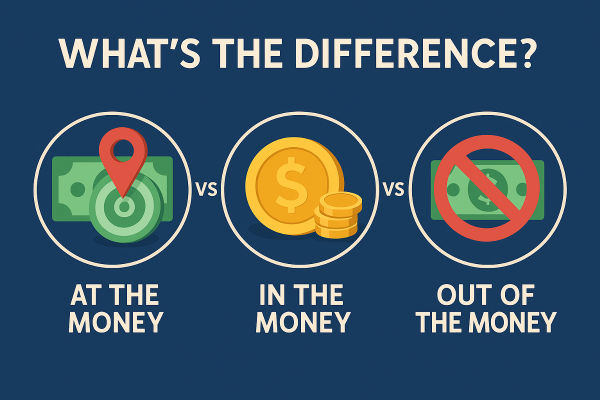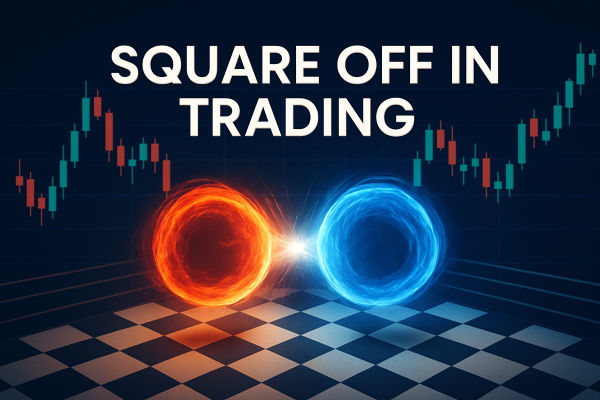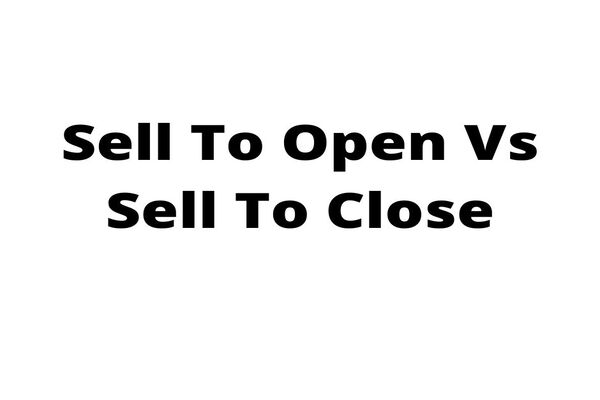Imagine being able to reserve a product at today’s price because you believe its value will rise tomorrow. In essence, that’s what a call option allows traders to do. It’s a contract that gives you the right to buy an asset at a fixed price later, while only risking a small premium now.
In today’s volatile markets, where prices can change faster than headlines, understanding call options is a crucial step toward smarter trading. They can be used to speculate on price increases or protect portfolios against rising costs, combining flexibility, control, and leverage in one strategic tool.
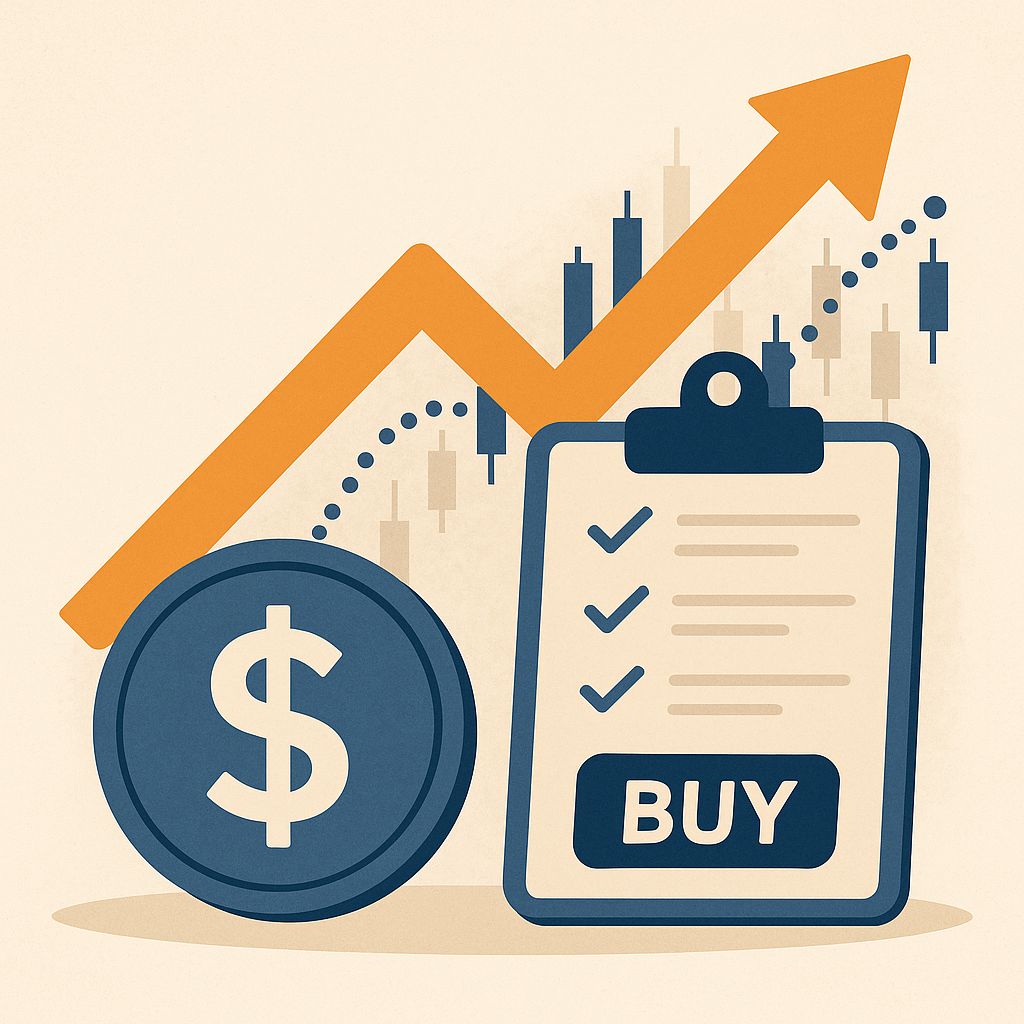
What Is a Call Option?
A call option is a contract that grants the holder the right, but not the obligation, to buy a financial asset such as a stock, commodity, or currency at a predetermined strike price within a specified time frame. The buyer pays a premium for this right, and the seller (or writer) of the option receives that premium as compensation for taking on the potential obligation.
If the market price of the asset rises above the strike price before the option expires, the buyer can exercise the option and buy the asset at the lower price, profiting from the difference. If the price doesn’t rise, the buyer can let the option expire, losing only the premium paid.
For example, if you buy a call option on gold with a strike price of $2,300 per ounce for a premium of $50, and gold later climbs to $2,400, you can exercise your option to buy at $2,300 and sell at the market price for a $100 profit per ounce.
The Key Components of a Call Option
Underlying Asset: The financial instrument on which the option is based (e.g., stock, index, or commodity).
Strike Price: The fixed price at which the asset can be bought.
Expiry Date: The final date when the option can be exercised.
Premium: The price paid by the buyer to the seller for owning the right.
In-the-Money (ITM): When the market price is higher than the strike price.
Out-of-the-Money (OTM): When the market price is lower than the strike price.
At-the-Money (ATM): When the market price equals the strike price.
How Call Options Work in Real Markets
Call options are used in both institutional and retail trading for speculation, hedging, or income generation.
Example 1: Stock Market Scenario
A trader buys a call option on a tech company at £120 strike for a £5 premium. If the stock rises to £140, the option is worth £20. The trader’s profit is £15 (£20 minus £5). If the stock stays below £120, the option expires worthless, and the £5 premium is the only loss.
Example 2: Commodity Hedging
A manufacturer relying on copper for production may purchase call options on copper futures to secure a price ceiling. If copper prices rise, the gain from the option offsets the higher production cost, ensuring budget stability.
Example 3: Currency Trading
In forex markets, traders use call options to hedge against expected currency appreciation. For instance, a company expecting to pay suppliers in euros might buy EUR/USD call options to protect against a stronger euro.
Why Traders Choose Call Options
Speculation on Price Increases
Call options offer an efficient way to profit from rising prices without committing large capital. Instead of buying 100 shares outright, a trader can purchase one call option contract controlling the same amount, magnifying potential returns.
Risk Management and Hedging
Investors can hedge existing positions by purchasing calls as insurance. For example, a trader shorting an index might use call options to limit potential losses if the market rebounds.
Income Strategies
Selling call options, especially in covered call strategies, generates premium income for investors holding long positions.
Understanding Call Option Pricing
The premium (price) of a call option is influenced by several factors:
Underlying Price: Higher asset prices make calls more valuable.
Volatility: Greater market volatility increases premiums since there’s more potential for large moves.
Time to Expiration: The longer the duration, the higher the premium.
Interest Rates: Higher rates can increase call option prices by raising the opportunity cost of holding cash.
Dividends: Expected payouts may slightly lower call option value, as option holders don’t receive dividends.
A popular model for calculating option prices is the Black-Scholes formula, which incorporates these variables to estimate theoretical fair value.
The Pros and Cons of Call Options
Advantages:
Leverage: Control a large position with smaller capital.
Limited Downside: The maximum loss is the premium paid.
Versatility: Applicable across multiple markets and time frames.
Speculative Power: Ideal for betting on short-term price surges.
Disadvantages:
Time Decay: Option value decreases as expiration nears.
Complexity: Understanding pricing and strategies requires experience.
Potential for Total Loss: If the price doesn’t move above the strike, the premium is lost.
Comparing Call Options and Put Options
Call options and put options are opposites. A call gives the right to buy, while a put gives the right to sell. Traders buy calls when they expect prices to rise, and puts when they expect them to fall. Combining both types allows for more advanced strategies, such as straddles (betting on volatility) or spreads (balancing cost and reward).
Real-Life Data and Market Insights
In 2024, global options trading volume surpassed 13 billion contracts, with equity options accounting for the majority. According to the Options Clearing Corporation, call options made up roughly 57 percent of all equity option trades, showing how widely traders use them for bullish strategies.
Large-cap technology stocks such as Nvidia, Apple, and Tesla remain the most actively traded underlying assets for call options due to their volatility and liquidity. In 2025, as AI and semiconductor industries continue expanding, call options tied to these sectors have maintained strong demand, reflecting traders’ optimism toward long-term growth themes.
How to Use Call Options in a Strategy
Long Call: Simple bullish trade expecting prices to rise.
Covered Call: Holding an asset while selling calls to generate income.
Protective Call: Hedging against losses in short positions.
Bull Call Spread: Buying a lower strike call and selling a higher strike to reduce cost.
Each strategy balances risk and reward differently. A long call maximises profit potential but costs more, while spreads limit both profit and cost.
Risk Management Tips for Call Option Traders
Always define maximum acceptable loss before entering a trade.
Avoid buying near expiry unless you are confident about the timing of the move.
Track implied volatility, as overpriced options can lead to reduced profits.
Use stop-loss orders or portfolio diversification to limit exposure.
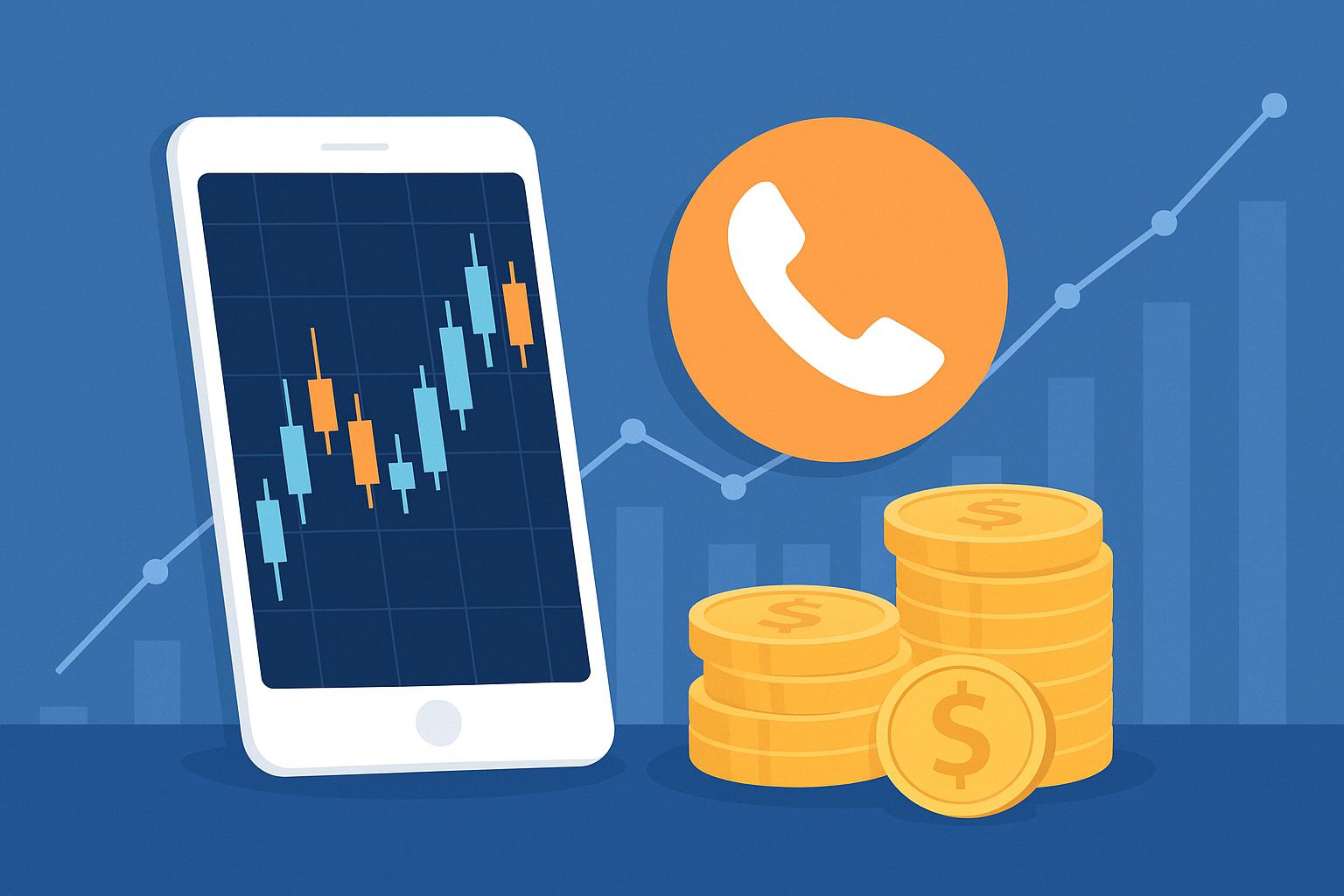
FAQs About Call Options
Q1. Can I lose more than I invest in a call option?
No. As a buyer, your maximum loss is limited to the premium paid. However, sellers (writers) of uncovered calls face unlimited risk if prices rise sharply.
Q2. Are call options suitable for beginners?
Yes, provided you start small, understand the mechanics, and focus on learning before using complex strategies.
Q3. How do I choose the best strike price?
It depends on your market view. In-the-money calls cost more but have a higher chance of profit, while out-of-the-money calls are cheaper but riskier.
The Big Picture
Call options are not just tools for speculation; they are instruments of flexibility. They allow traders to benefit from upward price trends while keeping losses contained. For investors, call options can protect portfolios or enhance returns through strategic income generation.
As financial markets evolve in 2025 and beyond, understanding how call options work is essential for anyone looking to trade more intelligently, balancing ambition with caution.
Mini Glossary
Strike Price: The fixed level at which an option can be exercised.
Premium: The amount paid to buy an option.
Volatility: The degree of price fluctuation of the underlying asset.
Expiration Date: The final day when the option can be exercised.
In-the-Money (ITM): A profitable position if exercised immediately.
Disclaimer: This material is for general information purposes only and is not intended as (and should not be considered to be) financial, investment or other advice on which reliance should be placed. No opinion given in the material constitutes a recommendation by EBC or the author that any particular investment, security, transaction or investment strategy is suitable for any specific person.
